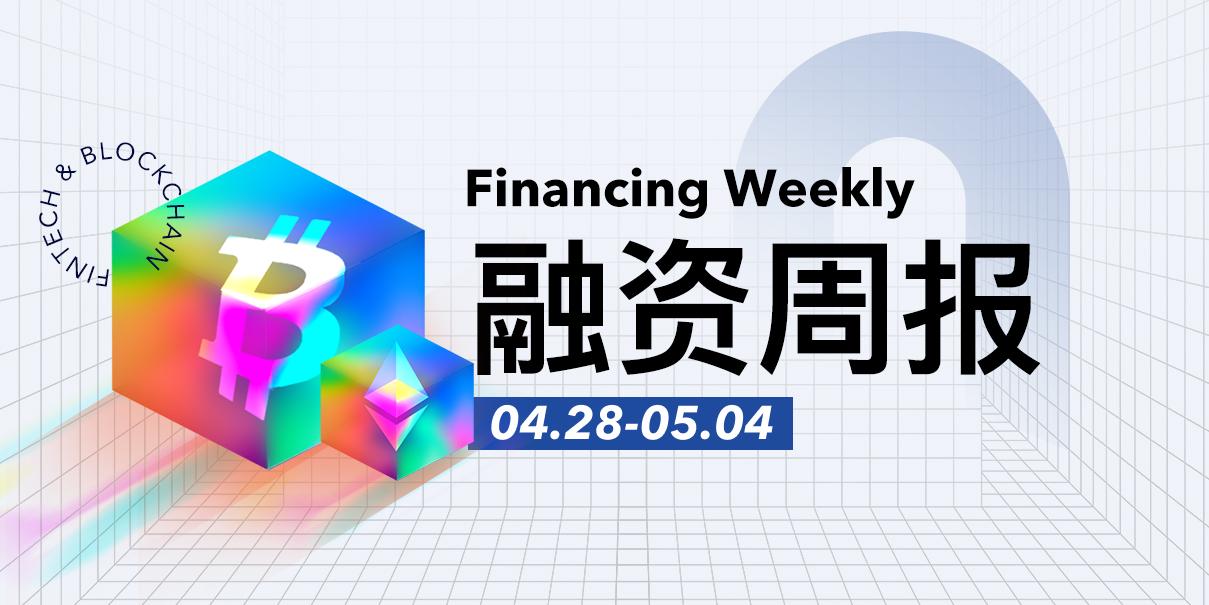State Expiry vs Partial Nodes: Vitalik Buterin Reveals What’s Better for Ethereum

The post State Expiry vs Partial Nodes: Vitalik Buterin Reveals What’s Better for Ethereum appeared first on Coinpedia Fintech News
Ethereum is carrying more data than ever before, and the weight is starting to show.
A viral thread on X restarted the debate over how to cut down blockchain bloat and Vitalik Buterin quickly stepped in with a firm rejection of one popular fix: state expiry.
“Don’t do state expiry, do partial state nodes imo. They’re functionally similar, but the latter does not require any consensus-layer logic and is much more flexible,” Buterin posted on X.
Here’s what you need to know.
The State Problem in Numbers
The debate kicked off after researcher Han (@ngweihan_eth) shared new data on Ethereum’s state growth. The numbers paint a worrying picture:
- 54% of Ethereum contracts don’t use any storage slots at all.
- Stateful contracts, which do use storage, actually have shorter lifespans than stateless ones.
- Around 63% of storage slots are only used once before becoming dead weight on the chain.
This inefficiency is a big part of why Ethereum’s storage demands keep climbing, putting more pressure on nodes and the network’s long-term scalability.
State Expiry: The Proposal Buterin Rejected
Han suggested several fixes, but state expiry drew the most attention. The idea is simple on paper: delete unused state data after a period of inactivity, but allow it to be revived with cryptographic proofs.
Alongside this, Han also floated cheaper contract deployments, progressive pricing for storage-heavy addresses, and temporary storage options designed to safely expire. Together, these measures could shrink Ethereum’s footprint and lower costs for users.
But Buterin isn’t convinced.
Also Read: Ethereum’s Vitalik Buterin Explains Why Social Media Feels Worse Today
Why Vitalik Prefers Partial Nodes
Buterin’s problem with state expiry is that it would force changes at Ethereum’s core consensus layer, adding complexity and risk. His alternative: partial state nodes.
In this model, individual nodes could choose to store only part of the state, while the full state still exists across the network. That way, Ethereum gets flexibility without rewriting the rules of the chain.
It’s a subtle but important distinction. State expiry cuts into the present state, while proposals like history expiry (EIP-4444) only trim the past – old block data no longer needed for validation.
Buterin’s approach sticks closer to Ethereum’s principles of simplicity and resilience, and other X users also seemed to agree.
Why This Debate Matters
Buterin has long argued for a simpler, more secure roadmap – one that can keep Ethereum fast, reliable, and ready for the next wave of adoption, from RWA tokenization to Wall Street interest.
How Ethereum handles its data bloat will shape its ability to scale in the face of tough competition from Solana, BNB Chain, and others.
You May Also Like

BDACS Launches KRW1, South Korean Won-Backed Stablecoin, Marking Key Digital Asset Milestone

Financing Weekly Report | 13 public financing events; Privacy blockchain Miden completes $25 million seed round, led by a16z Crypto and others
